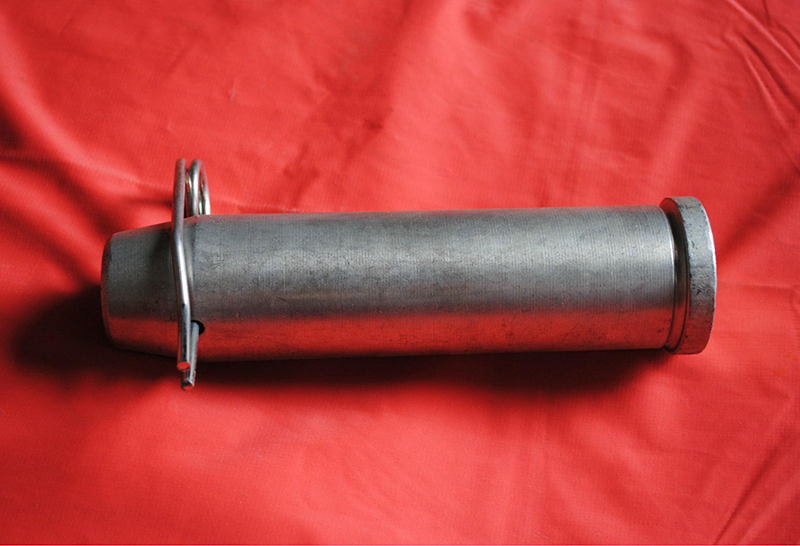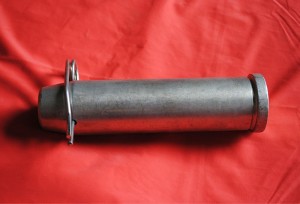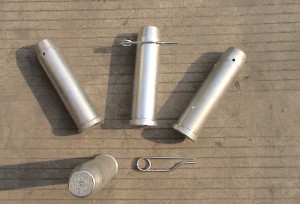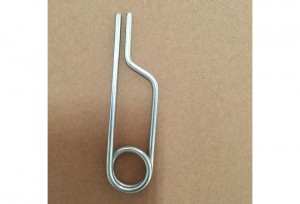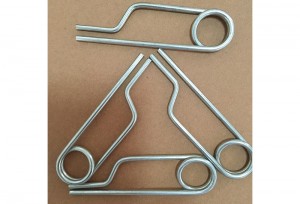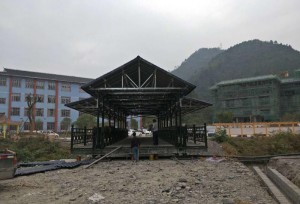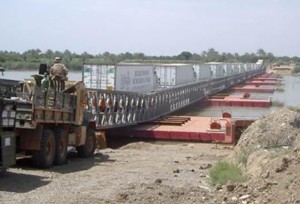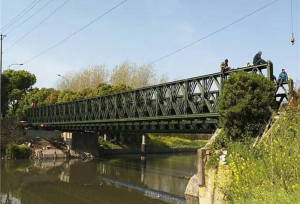Product introduction
The basic structure and application of truss pins and insurance pins:
The Bailey pin is used to connect the truss. There is a small round hole at one end of the pin, and an insurance card is inserted during installation to prevent the pin from falling off. There is a groove on the top of the pin, and the direction is the same as that of the small round hole. When installing, make the groove parallel to the upper and lower chords so that the insurance card (insurance pin) can be smoothly inserted into the pin hole.
The material of the truss pin is 30CrMnTi with a diameter of 49.5mm.
The surface treatment can be blackened or galvanized. Galvanized has better anti-corrosion properties and is mainly sold abroad.
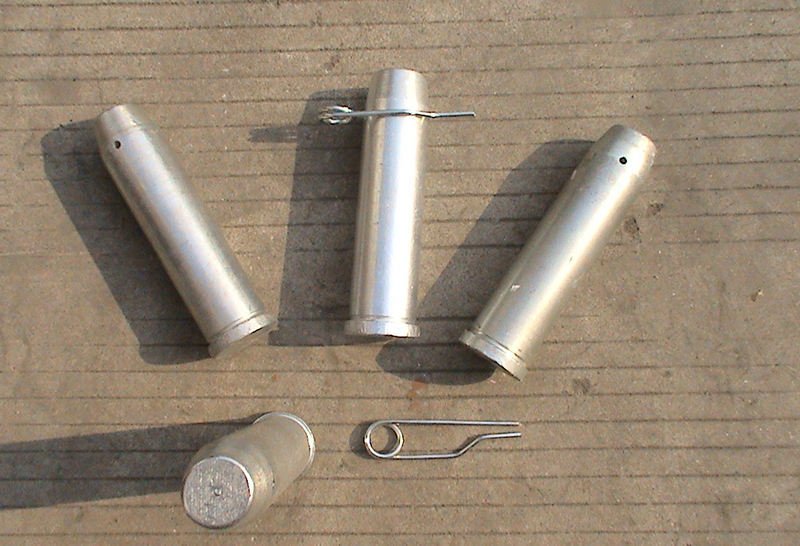
Bailey Bridge Specification
The Bailey bridge is a type of portable, pre-fabricated, truss bridge. It was developed by the British during World War II for military use and saw extensive use by both British and the American military engineering units.
A Bailey bridge had the advantages of requiring no special tools or heavy equipment to assemble. The wood and steel bridge elements were small and light enough to be carried in trucks and lifted into place by hand, without requiring the use of a crane. The bridges were strong enough to carry tanks. Bailey bridges continue to be extensively used in civil engineering construction projects and to provide temporary crossings for foot and vehicle traffic.
The success of the Bailey bridge was due to its unique modular design, and the fact that one could be assembled with minimal aid from heavy equipment. Most, if not all, previous designs for military bridges required cranes to lift the pre-assembled bridge and lower it into place. The Bailey parts were made of standard steel alloys, and were simple enough that parts made at a number of different factories could be completely interchangeable. Each individual part could be carried by a small number of men, enabling army engineers to move more easily and more quickly than before, in preparing the way for troops and matériel advancing behind them. Finally, the modular design allowed engineers to build each bridge to be as long and as strong as needed, doubling or tripling up on the supportive side panels, or on the roadbed sections.


